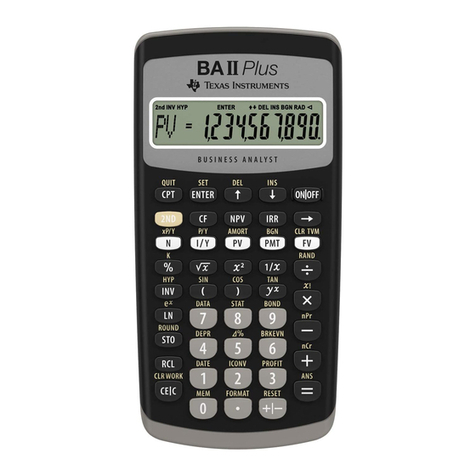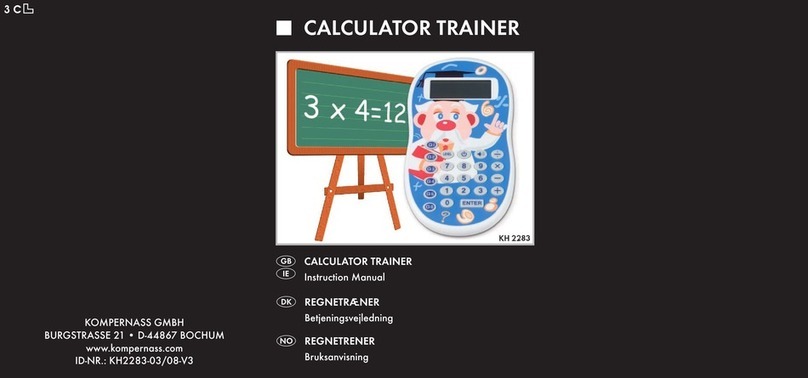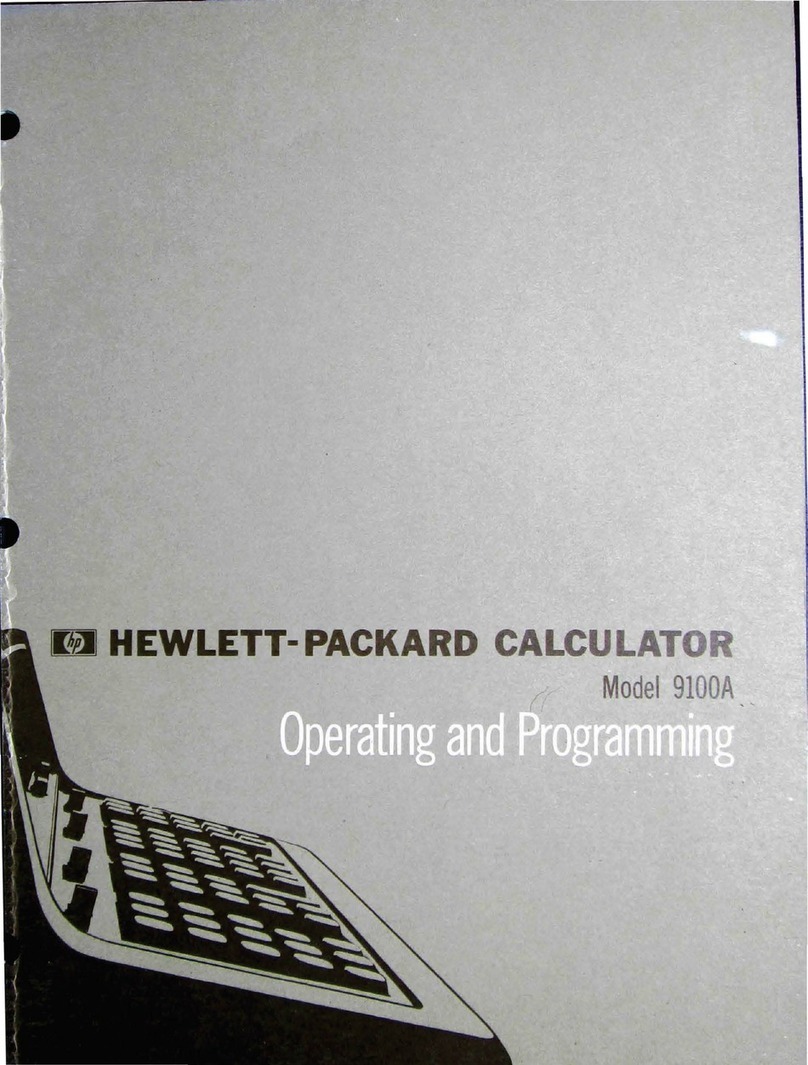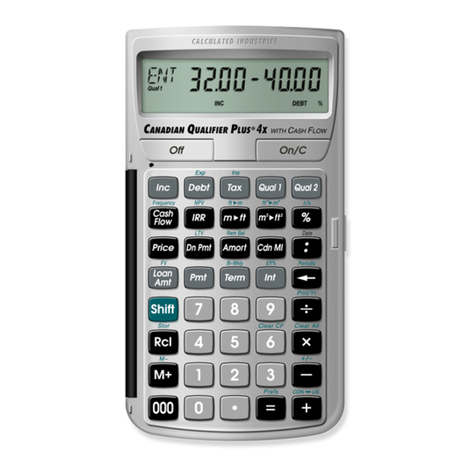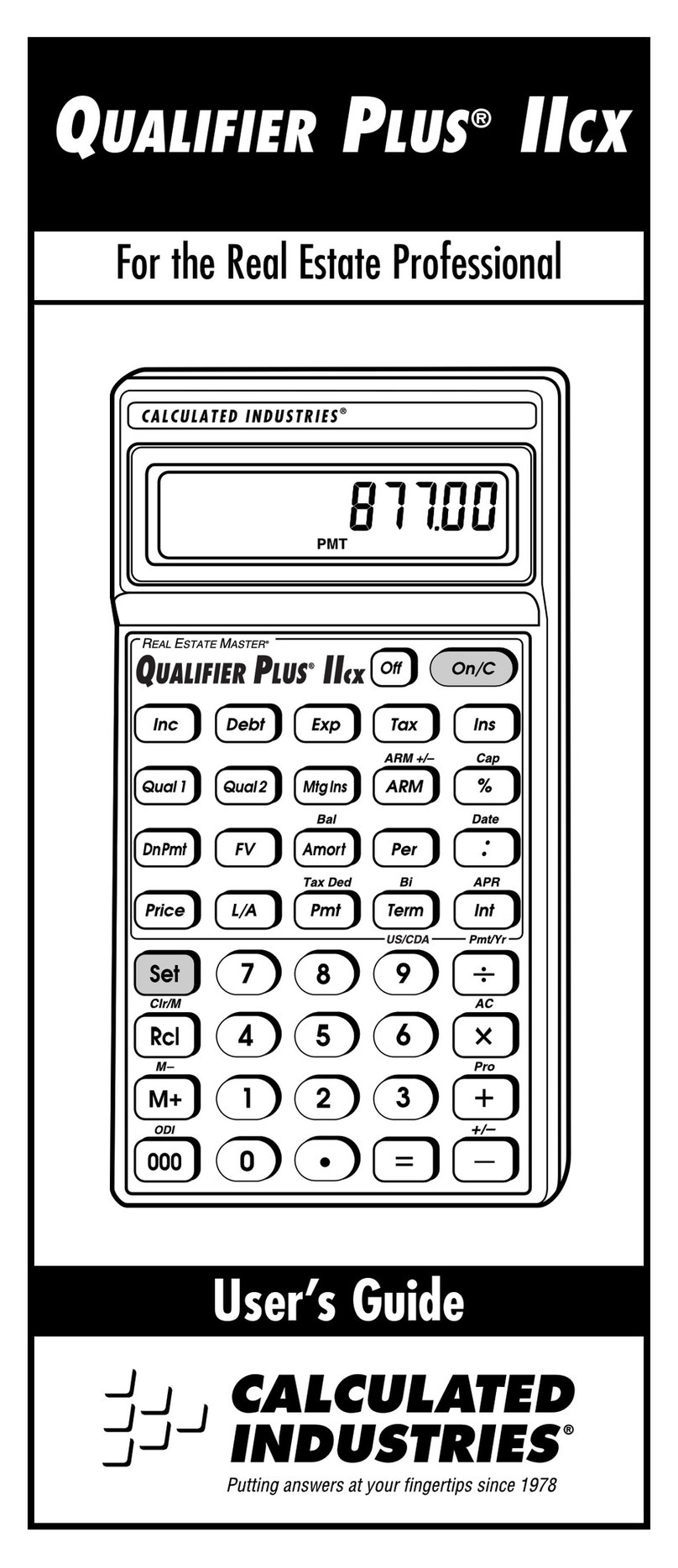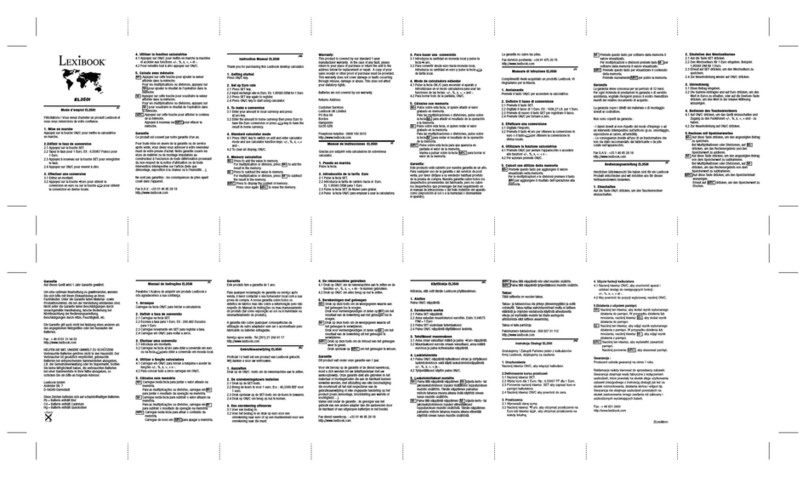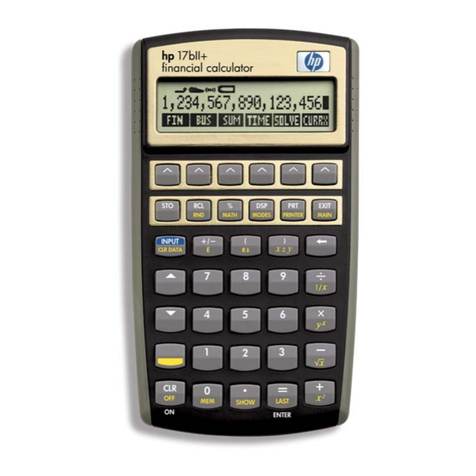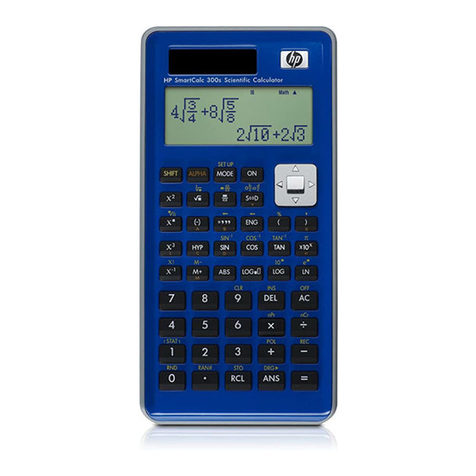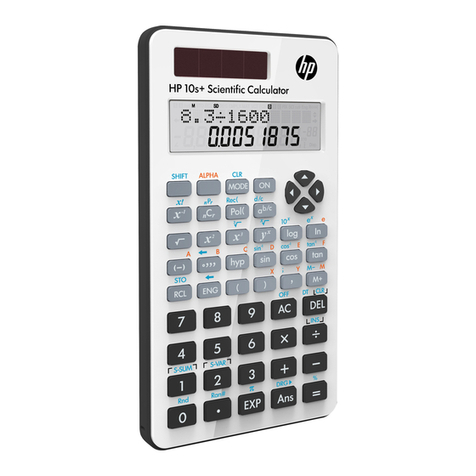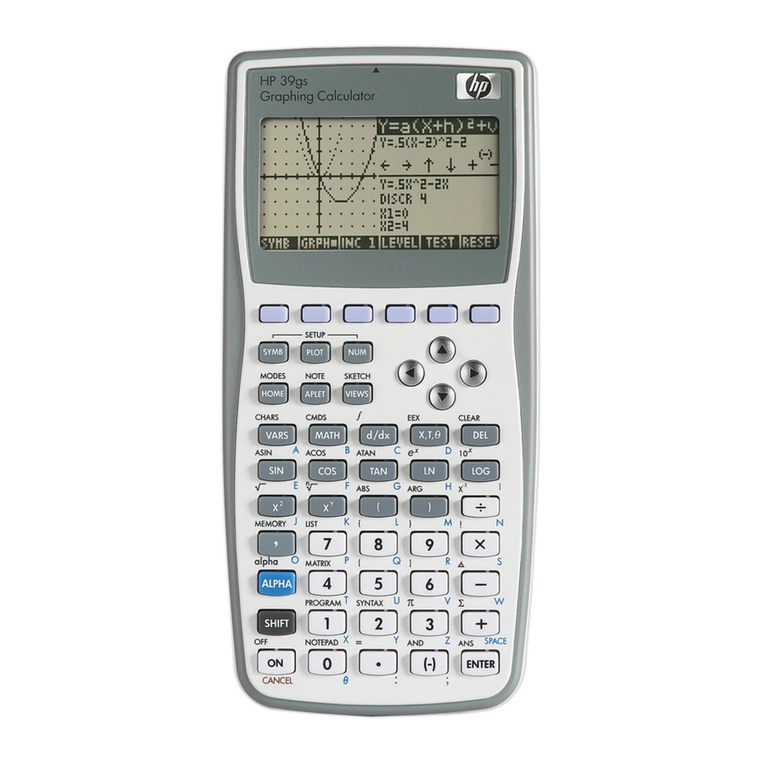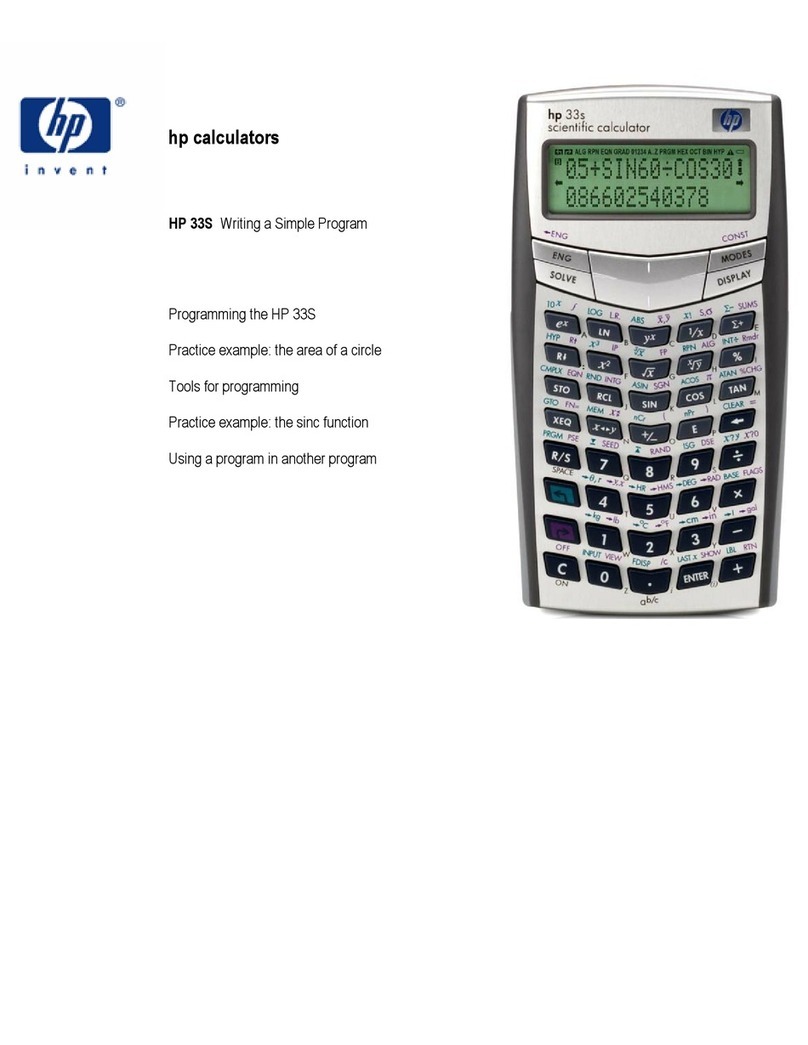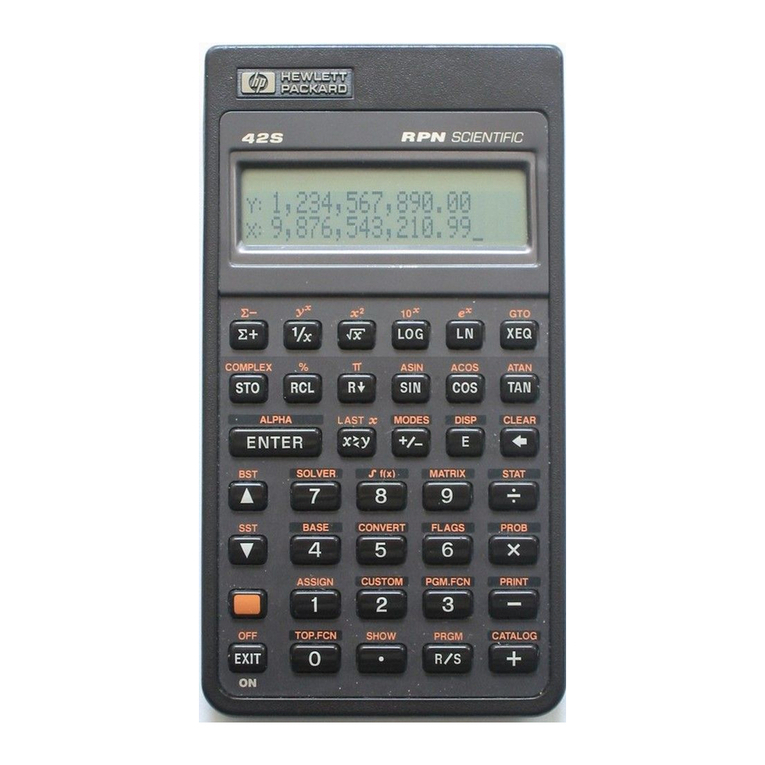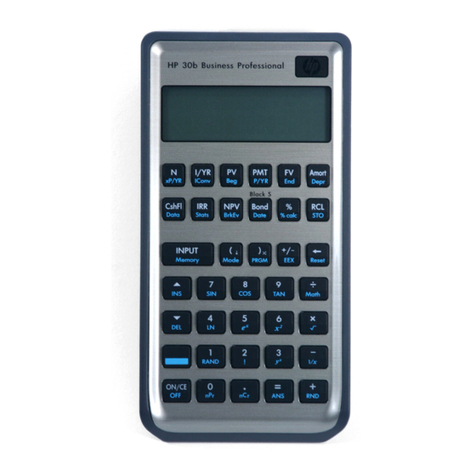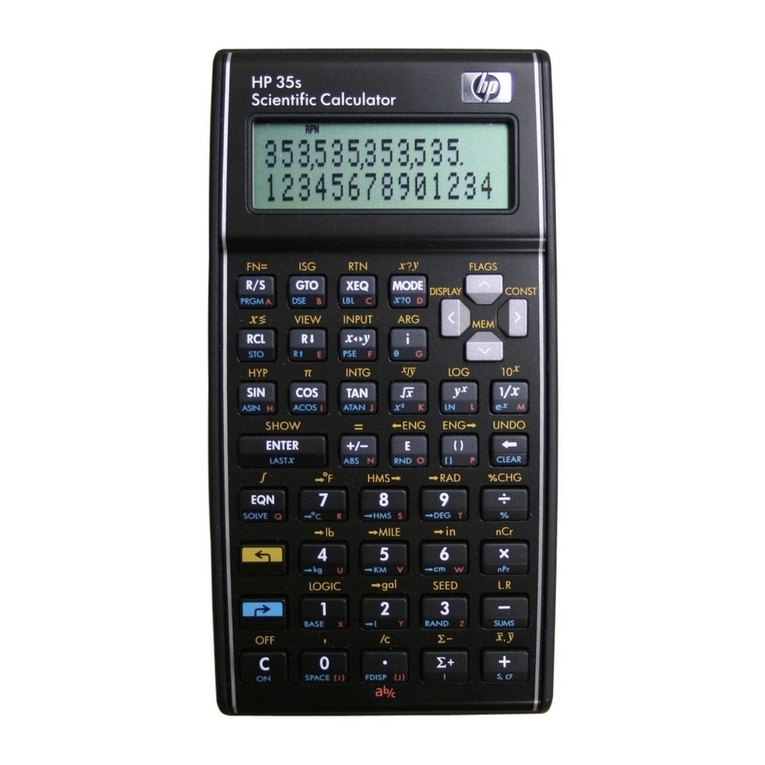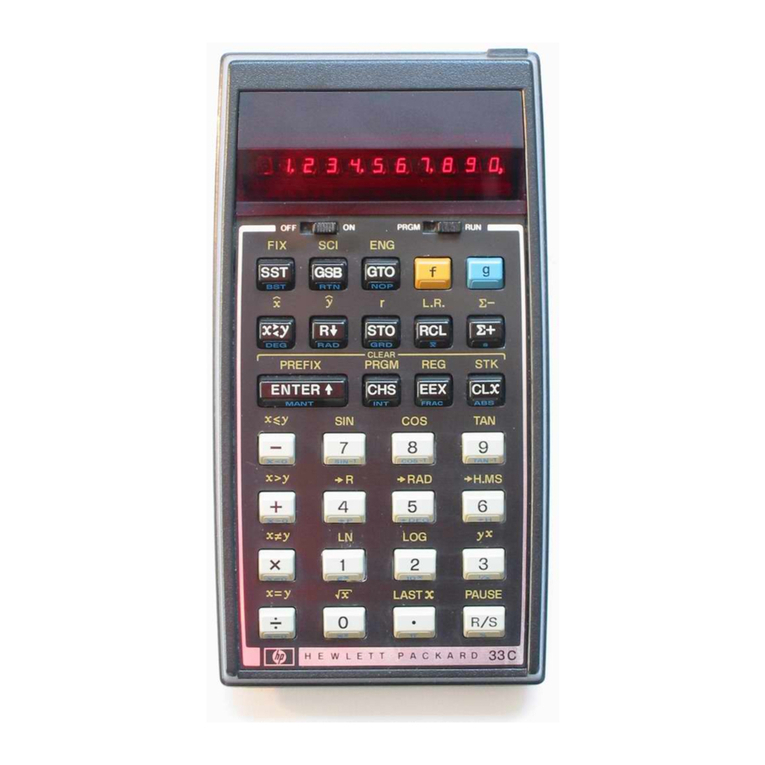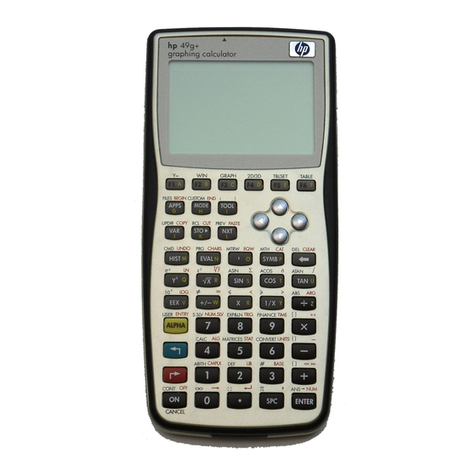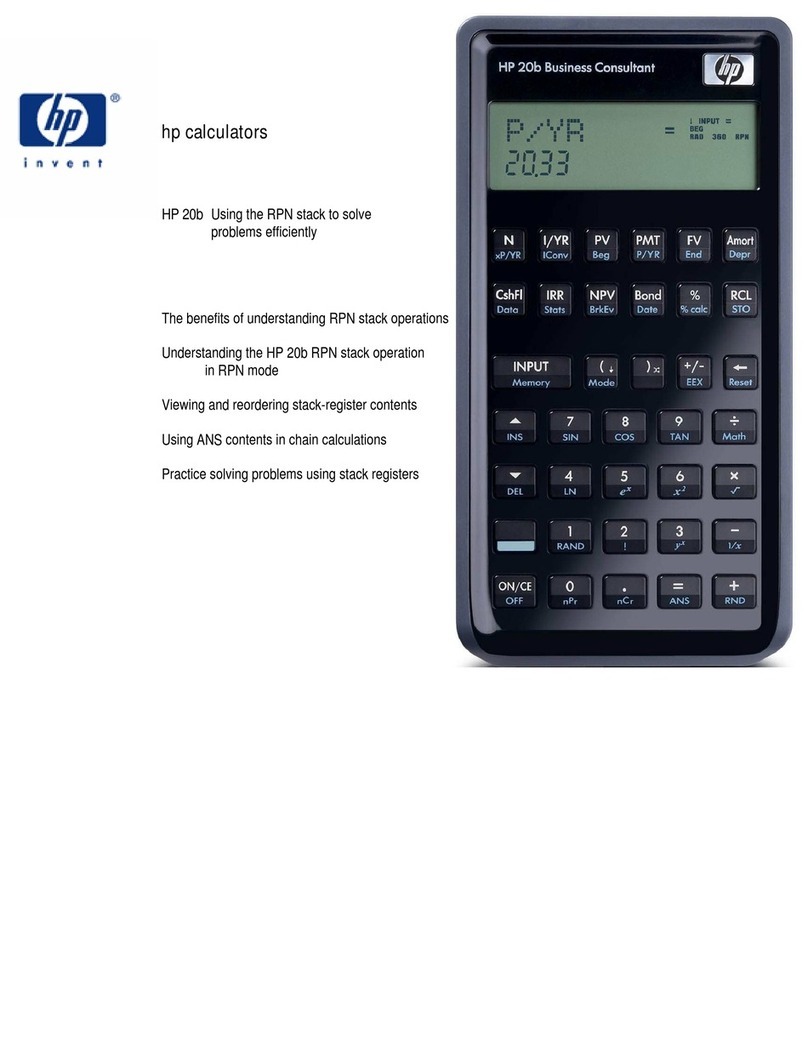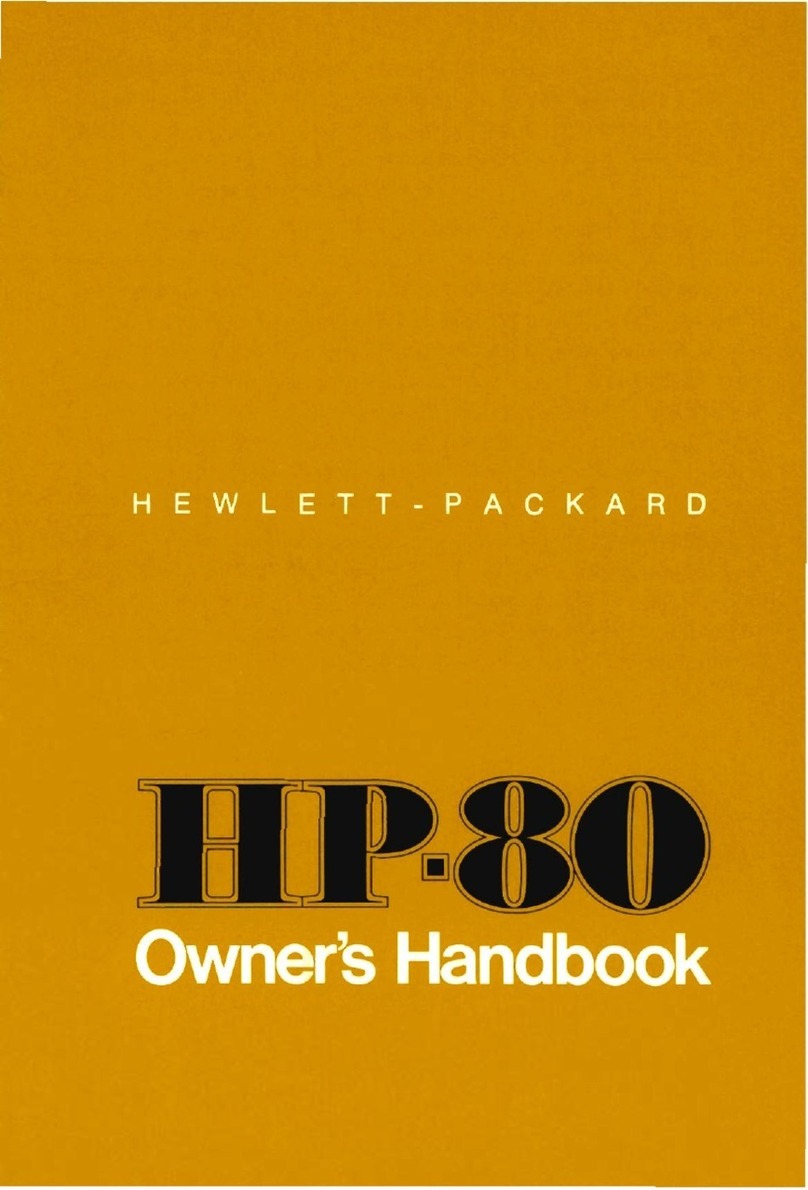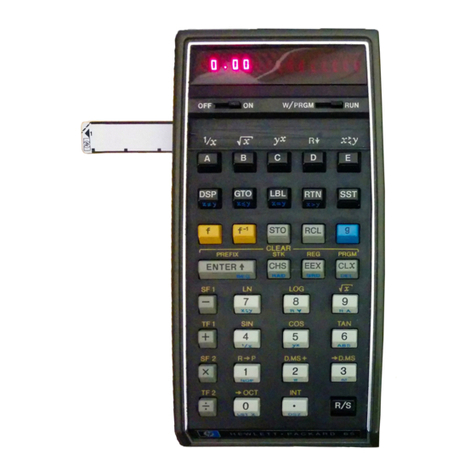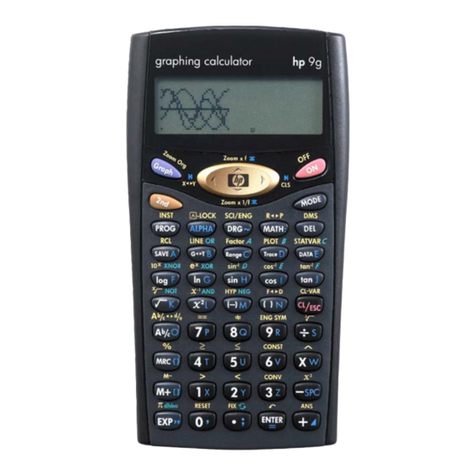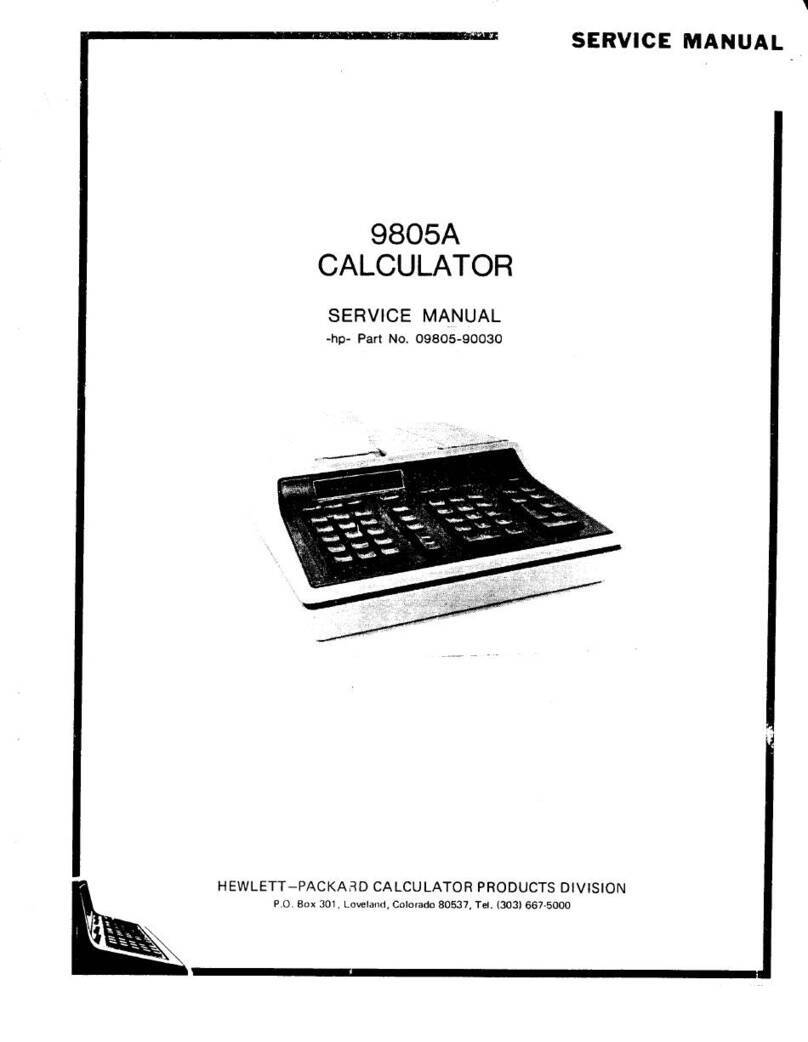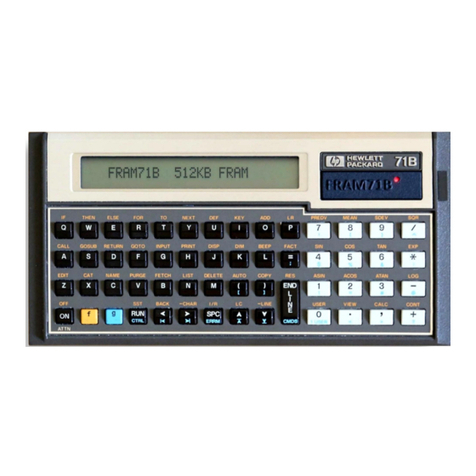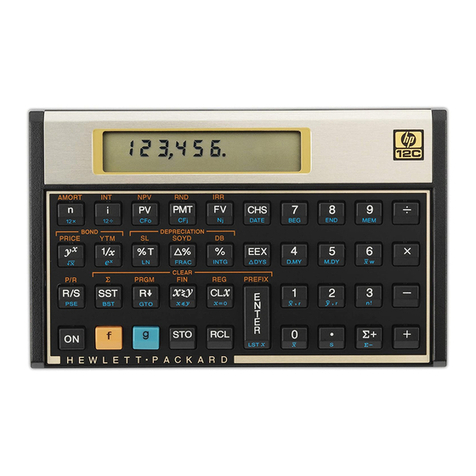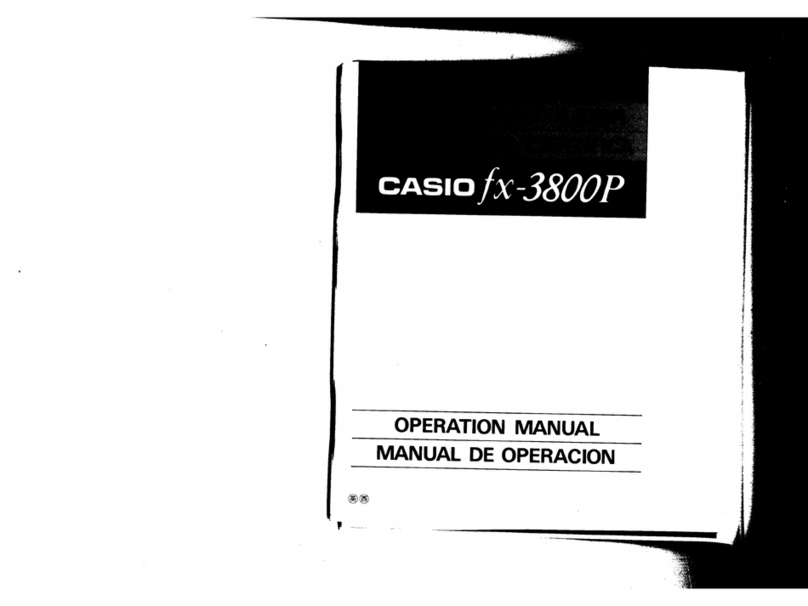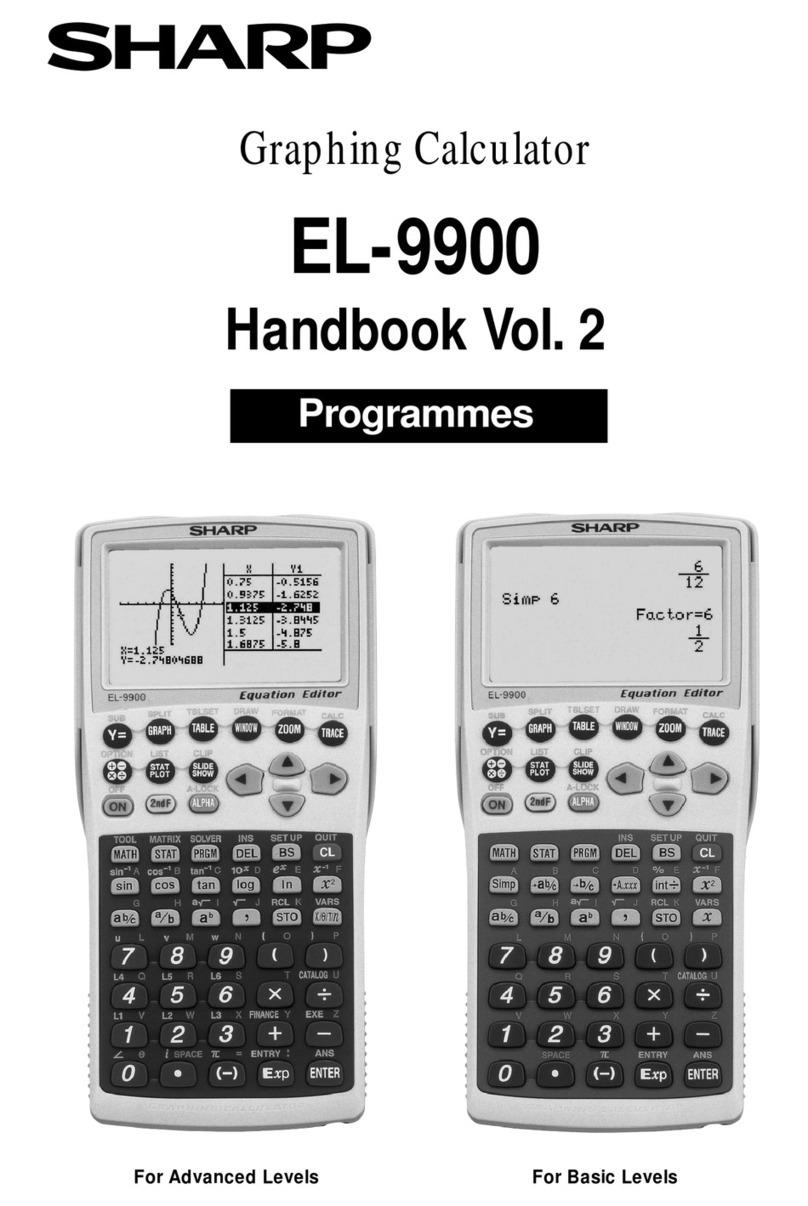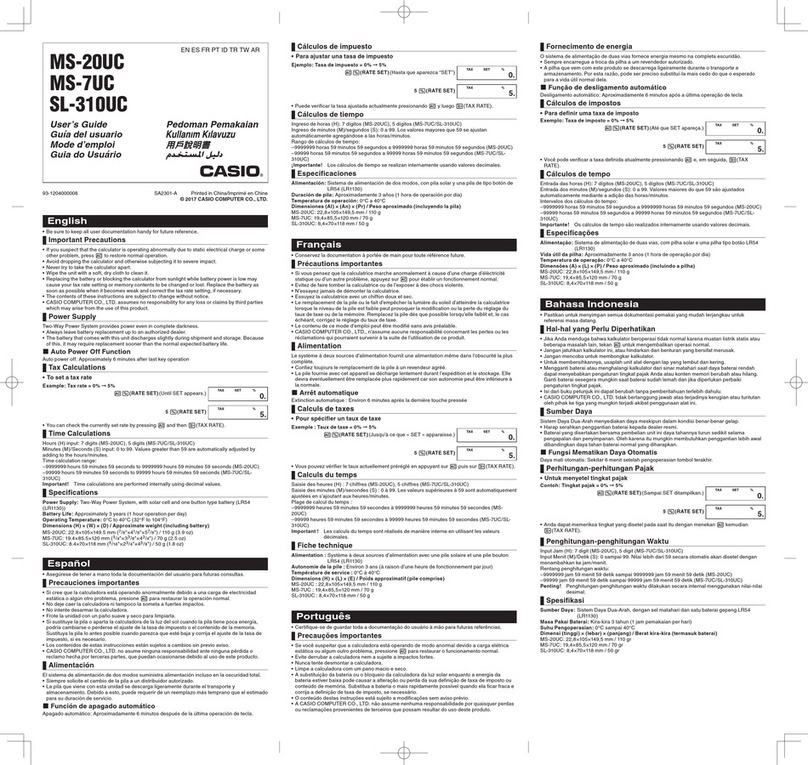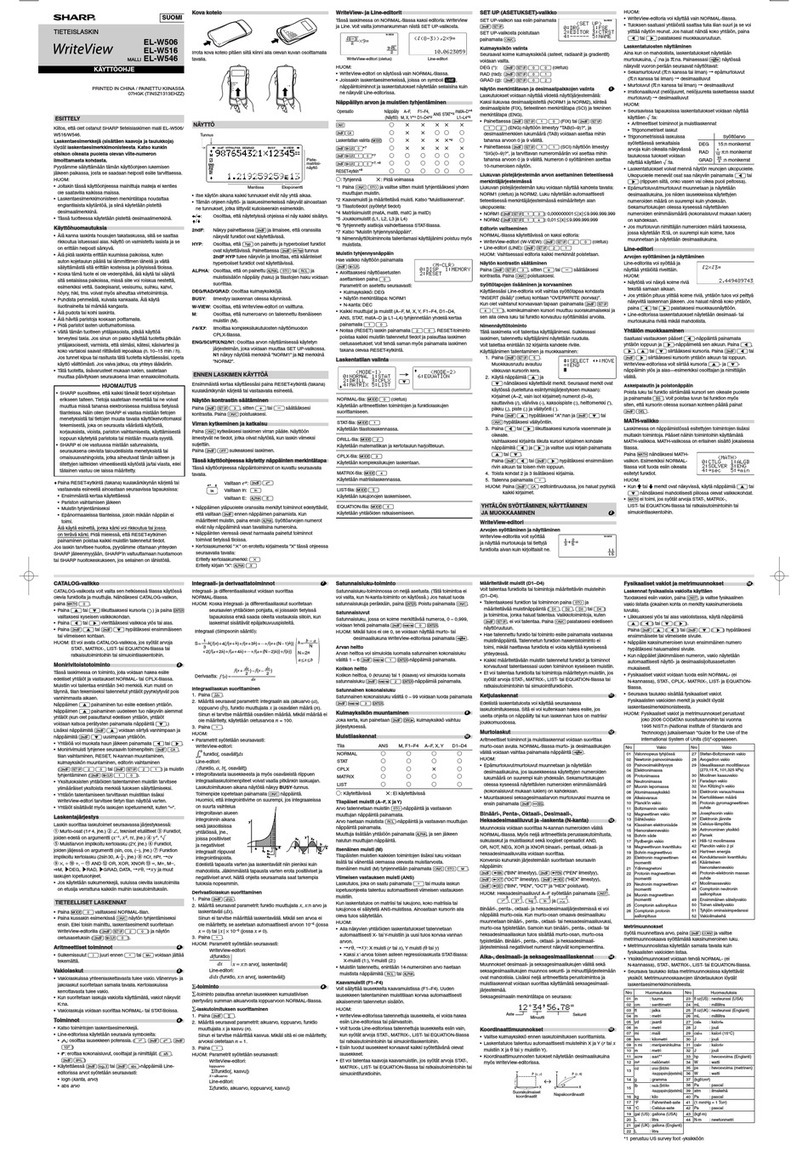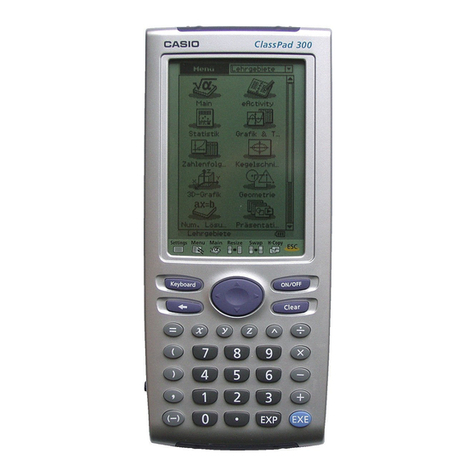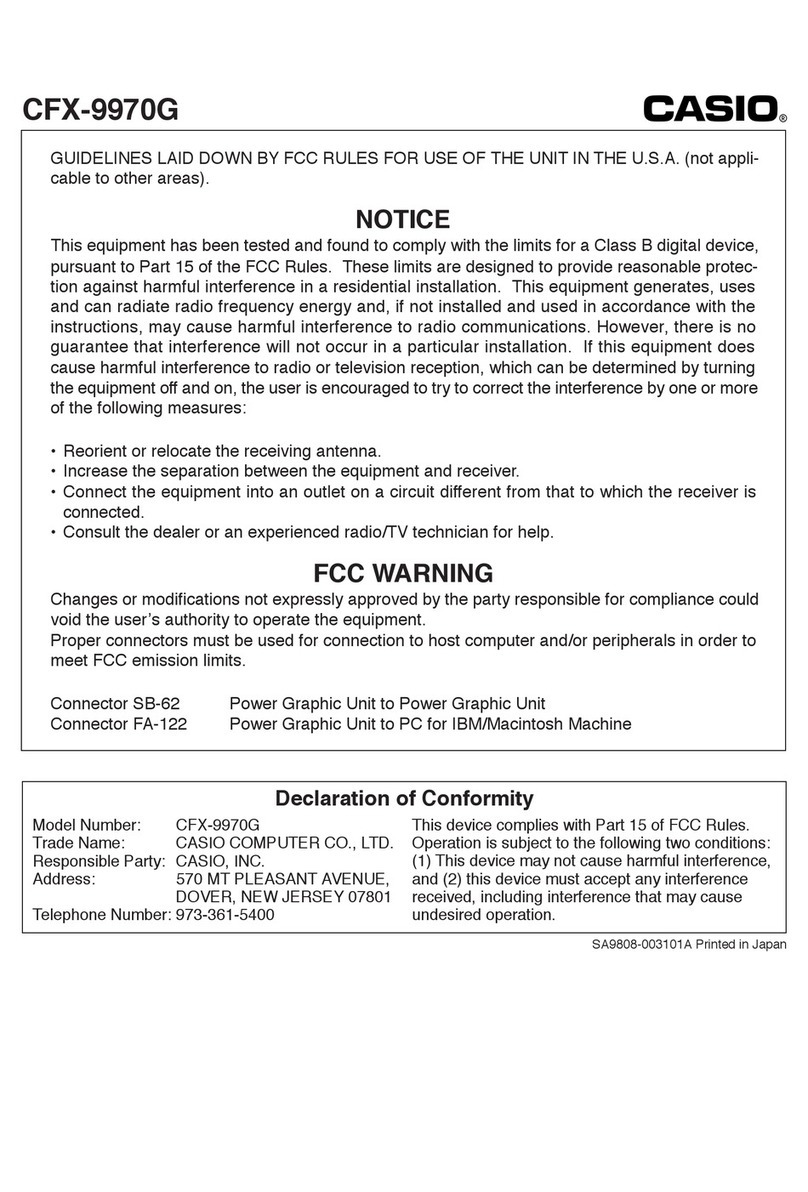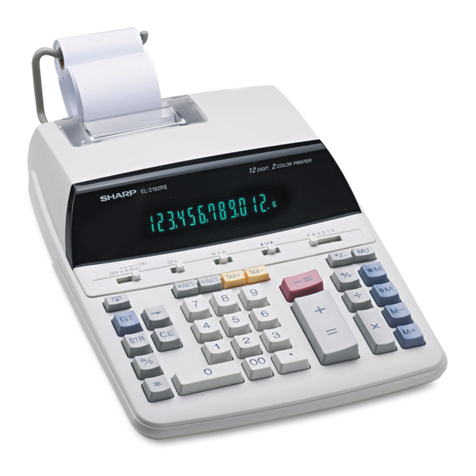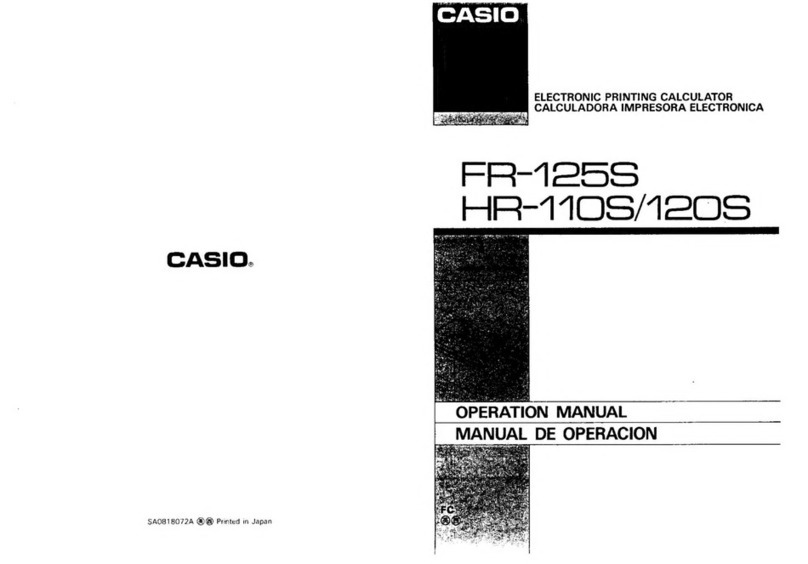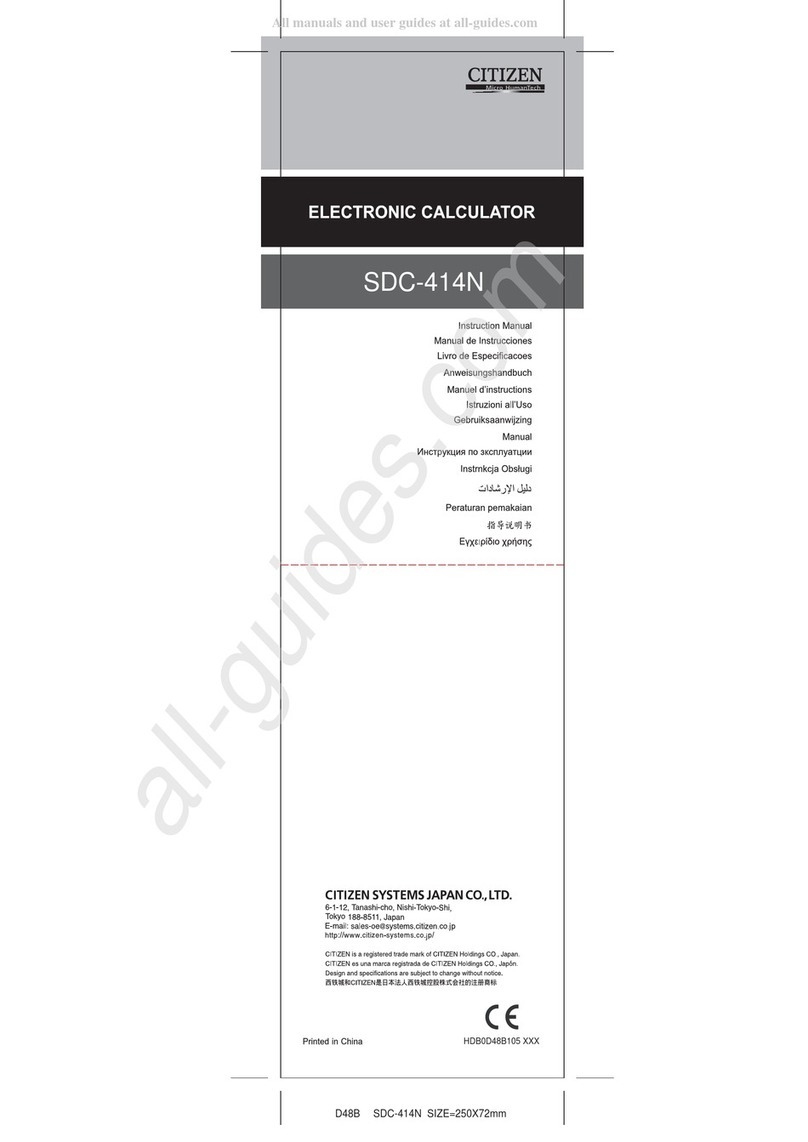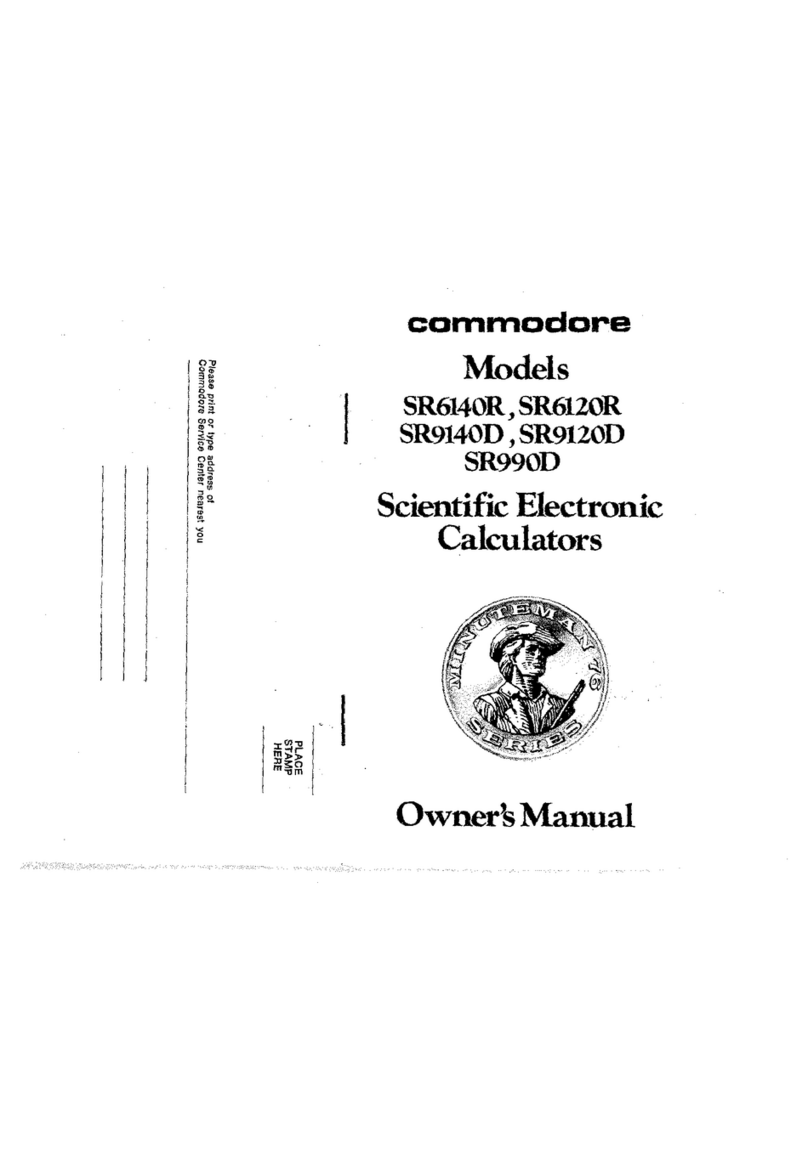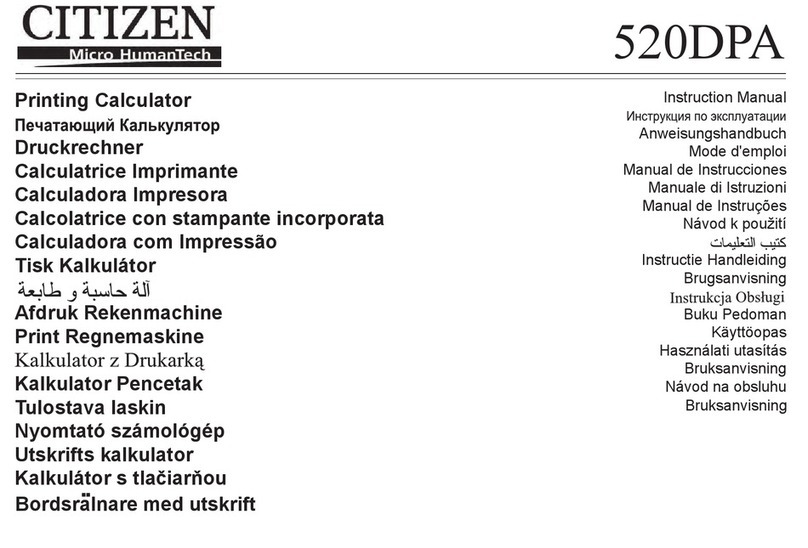
hp calculators
HP 35s Using Register Arithmetic
hp calculators - 2 - HP 35s Using Register Arithmetic - Version 1.0
Variables and Memory Registers
The purpose of this training aid is to show how arithmetic can be carried out directly using HP 35s memory registers.
First, the following is a short explanation of variables and registers; the same information is given in the practice aid on
using calculator memories. That training aid then gives more information on the various other uses of memory registers.
When an equation is typed on the HP 35s, it can use variables with names from A through Z. For example an equation
3X² - 5X= A
has the variables X and A in it.
Variables can also be used in programs and in calculations from the keyboard.
Each variable consists of a number and of a place in the calculator memory where the number is stored.
The number is called the value of the variable. If no value has been give to a variable then its value is 0.
The place in memory where this number is stored is called a data register, or a memory register, or just a register.
Each memory register can be referred to by a numeral as well as by its name. Register A is -1 and register Z is -26. Six
more registers can be referred to by numerals, holding values from statistics calculations. The names “data register” or
“memory register” or “memory” refer to all of these, not just the variables, so these names are sometimes used in this
training aid, rather than the name “variables.”
The training aid on general uses of registers shows that numbers can be stored in registers by the STO command, and
can be recalled from registers by the RCL command. This aid covers the special topic of how arithmetic can be carried
out directly with memory registers using the commands STO+, STO-, STO×, STO÷, RCL+, RCL-, RCL×and RCL÷in
RPN mode and also shows alternatives that can be used in algebraic mode.
Practice Example: Calculating Using STO Arithmetic
The HP 35s provides a set of physical constants, such as the speed of light. Users who need to store other constants
can put them into the memory registers so they can be used in calculations.
Example 1: A planetary scientist needs to perform several calculations using the masses of the Earth and the Moon.
First the scientist wants to store the mass of the Earth in register E and of the Moon in M, in kilograms. The
Earth-Moon system is sometimes called a “twin planet system” and the scientist wants to put the total mass
of the Earth and the Moon in register T.
Solution: First type the Moon’s mass, then press ºe and the variable name to store the mass in that variable’s
memory register. Press the keys as shown below. The key labeled }is above the 9on the keyboard.
Typing }22 means “times 10 to the power 22”.
7Ë349}22ºeM
(Note: In algebraic mode, press Ïafter the Mabove)
